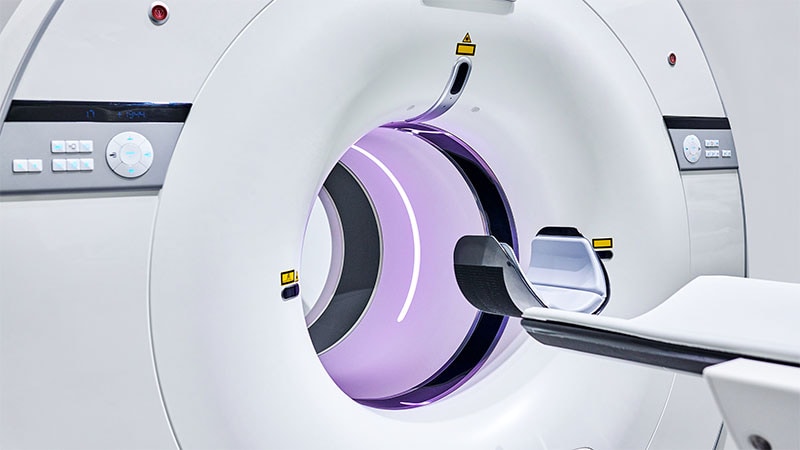TOPLINE:
In symptomatic patients undergoing MRI of the hand or wrist, about 23% of scans had one or more incidental anomalies, and only about 3% overall needed further workup, a study found. The risk for incidentalomas was lower than that in solid organs, increased with patient age and trainee reporting, but decreased when intravenous contrast was used.
METHODOLOGY:
- Researchers conducted a retrospective cross-sectional analysis of 2138 symptomatic patients (mean age, 36.6 years) undergoing the first MRI scan of the hand or wrist between 2007 and 2021 at a single tertiary care centre in the UK.
- Data collection involved verbatim extraction from radiology reports.
- The primary objective was to identify the risk for incidental findings, defined as any clinically relevant abnormality that was not consistent with the indication of the scan, which required further investigation or treatment (termed as “incidentalomas”).
- The secondary objective was to identify the risk for incidental findings in the hand or wrist, irrespective of whether further intervention was required.
TAKEAWAY:
- Overall, 22.9% of scans contained at least one incidental finding, and 3.1% of scans had at least one incidentaloma.
- The risk for incidentalomas increased (adjusted risk ratio [aRR], 1.93; 95% CI, 1.01-3.70) when scans were reported by trainees and reviewed by consultants compared with when those were reported by consultants alone.
- The use of higher field strength scanners (3T vs 1.5T) led to an increase in detection rates of incidental findings (aRR, 1.29; 95% CI, 1.08-1.54) and incidentalomas by 30%.
- The use of intravenous contrast resulted in a decrease in the risk for incidentalomas (aRR, 0.34; 95% CI, 0.12-0.94); however, the risk increased with each additional decade of patient age (RR per additional 10 years, 1.12; 95% CI, 0.98-1.28).
IN PRACTICE:
“The risk of incidentalomas and incidental findings in MRI of the hand and wrist is lower than solid organs. Our data may be used to inform patients about the risks of imaging and allow health services to plan the capacity and capability to deal with such events,” the authors wrote.
“The current guidance on the management of incidental findings is limited and inconsistent,” they added. “More robust clinical frameworks on the management of incidental findings, coupled with increased education for clinicians to improve the consenting process would prove beneficial for patient care,” they concluded.
SOURCE:
This study was led by Megan A. Beese, MBChB, and Prasant Gurung, MBChB, Leeds Teaching Hospitals Trust, Leeds, England. It was published online on August 12, 2025, in the British Journal of Radiology.
LIMITATIONS:
This study was conducted at a single UK tertiary trauma centre and included only symptomatic patients, so its findings may not be generalisable to other settings or healthier populations. Its retrospective design relied on verbatim data extraction
from radiology reports, which may have introduced inconsistencies. The use of “further imaging” as an indication carried ambiguity, which may have masked true incidental
findings. Additionally, time‐confounding factors, such as an ageing population and the number of trainees reporting, were not formally modelled.
DISCLOSURES:
No relevant funding information was provided for the study. The authors reported having no conflicts of interest.
This article was created using several editorial tools, including AI, as part of the process. Human editors reviewed this content before publication.
